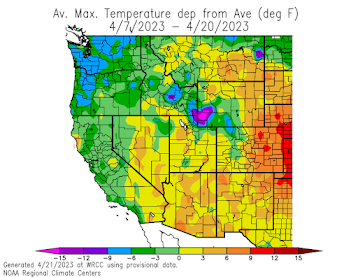The Northwest Weather Workshop is the major local meeting for those interested in Northwest weather and is open to both professionals and interested amateurs.
It will take place on May 12-13, 2023 at the NOAA Sand Point facility in northwest Seattle, and is sponsored by the University of Washington, the National Weather Service, and Seattle/Portland chapters of the American Meteorological Society.
The new agenda and sign-up information are all found on the meeting website: https://a.atmos.washington.edu/pnww/. As described below, this meeting will be in-person with a virtual option.
The meeting is going to be a fascinating one (the current agenda is here).
It starts on Friday afternoon (May 12) with a session on heavy precipitation and flooding, including a detailed look at atmospheric rivers and the historic 1962 "ARK" Storm. Then we turn to a session on wildfire and smoke.
Friday evening there will be a meeting banquet at Ivar's Salmon House, with a wonderful buffet and a talk by Washington State (DNR) meteorologist Mathew Dehr on Washington wildfires.
Saturday morning (May 13) will start with a talk by American Meteorological Society National President, Brad Colman, and then turn to a session on Northwest climate and weather. This session will include talks on extreme weather events, heat waves, and our changing climate.
Meeting Location in Seattle
Next, a session will examine the extreme February 2023 snowstorms that were both poorly forecast and brought Portland to its knees, followed by a talk by Shannon O'Donnell on the UW Dawgcast public forecast.
Lunch will then be served to attendees, followed by an afternoon session on Northwest weather modeling, social media weather sites, and much more.
Attending the meeting, costs, online versus in person
Everyone attending the meeting must register on the website. You can attend either in person or online.
If you can attend in person, please do so. Meeting people is half the fun. There will be snacks at breaks and lunch on Saturday. The cost for the in-person registration is $42., except for students ($21). This covers the food.
The Friday banquet (in a very nice room at Ivar's and including a great buffet) will be $62 (including tax and tip). As noted above, there will be a talk on wildfires. You can attend the banquet and watch the rest virtually if necessary.
If you want to attend virtually, there is no fee. We will send you a Zoom link in the days before the meeting. No food.
After years of online meetings due to COVID, it will be nice to get the community together in person. You must register and pay for the above options prior to the meeting (by May 9).
See you there in person or online....cliff mass
PS: I still have a few slots for talks. Let me know right away if you have a presentation you would like to be considered.
The meeting will be in Building 9 (red arrow)









.png)


.png)




.gif)








.png)







.png)














